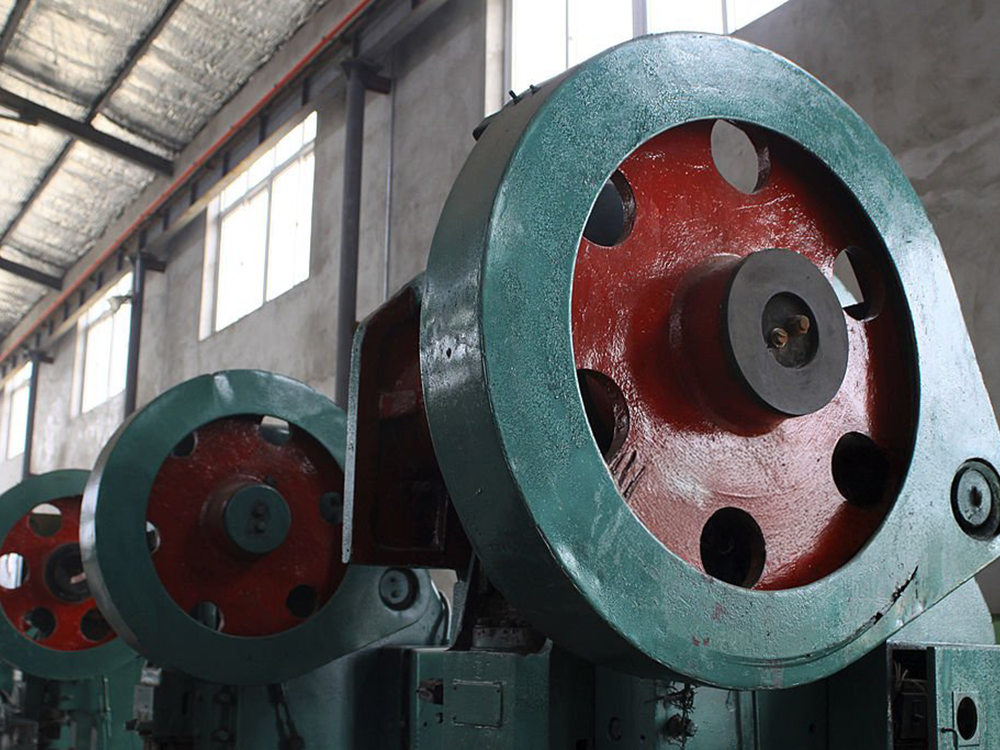Jaw Crusher
Jaw Crusher
A Jaw Crusher is a powerful and versatile crushing machine widely used in mining, construction, quarrying, demolition, and recycling industries. It plays a crucial role in breaking down large rocks, ores, minerals, and construction debris into smaller, manageable sizes for further processing.

Advantages of a Jaw Crusher
- High Crushing Efficiency – Can handle large materials with high compressive strength.
- Simple & Robust Design – Fewer moving parts mean less maintenance and longer service life.
- Versatile Applications – Used for crushing various types of rocks, ores, and even demolition waste.
- Adjustable Output Size – The jaw gap can be customized to produce different material sizes.
- Cost-Effective & Energy-Efficient – Consumes less power compared to other crushers.
- High Durability – Built with manganese steel or other wear-resistant materials for extended usage.
- Low Dust & Noise Emission – Environmental-friendly design with dust suppression options.
Applications of a Jaw Crusher
🔹 Mining & Quarrying
- Primary crushing of hard rocks, ores, and minerals.
- Essential for breaking down raw materials before processing in secondary crushers or mills.
🔹 Road & Railway Construction
- Produces gravel, crushed stone, and aggregates for highways, bridges, and railway ballast.
- Ensures uniform material size for asphalt and concrete production.
🔹 Metallurgy & Manufacturing
- Used in steel plants, foundries, and metal fabrication industries.
- Helps crush raw materials like iron ore, bauxite, and limestone for further processing.
🔹 Recycling Industry
- Recycles old building materials, ceramics, glass, and scrap metal.
- Converts waste into useful crushed material for new projects.
Working Principle of a Jaw Crusher
A Jaw Crusher operates on the principle of compression crushing. It consists of two main jaws:
- Fixed Jaw – Stays stationary and acts as a stable crushing surface.
- Moving Jaw – Moves back and forth, crushing material against the fixed jaw.
Crushing Process
- The material is fed into the crushing chamber through the top opening.
- The eccentric shaft (powered by a motor) moves the toggle plate, which moves the swing jaw forward and backward.
- The moving jaw compresses the material against the fixed jaw, exerting high pressure that breaks the material into smaller pieces.
- The crushed material then exits through the bottom opening (discharge outlet).
- The size of the output material can be adjusted by modifying the gap between the jaws.
- Types of Jaw Crushers:
Single Toggle Jaw Crusher – Features one moving jaw, offering a simpler design, lower weight, and reduced maintenance needs.
Double Toggle Jaw Crusher – Has two toggles and is more powerful, suitable for crushing extremely hard and abrasive materials.
Get your product
Come & contact us today!
